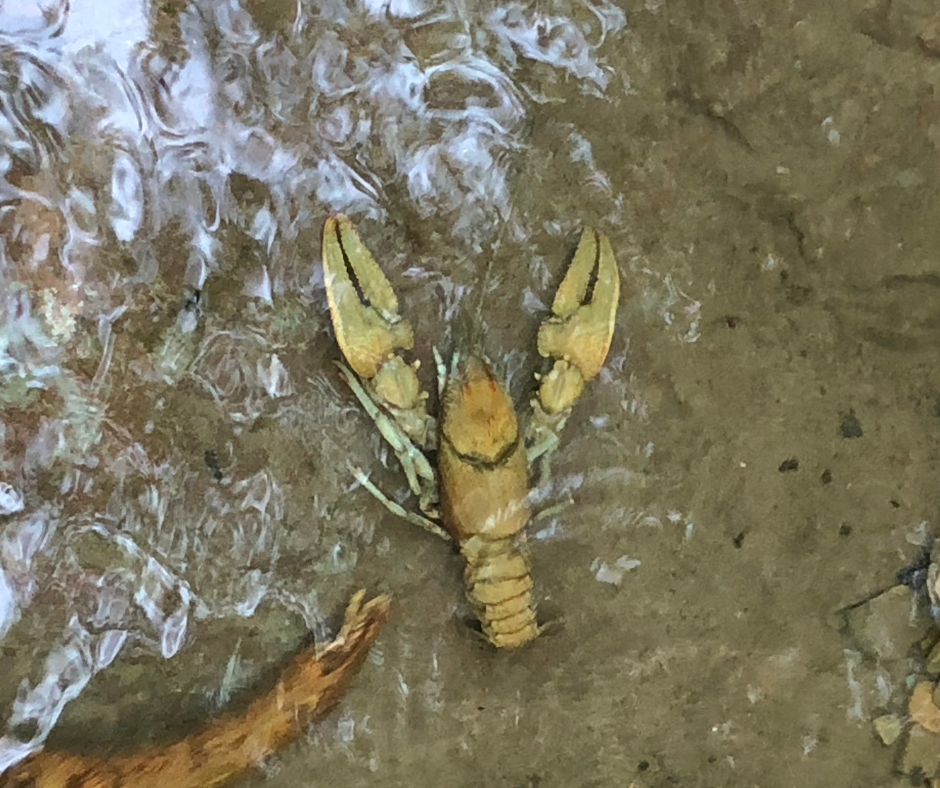Smallmouth bass are a popular game fish species found in many freshwater bodies across North America. They are known for their fierce fighting ability and are a favorite among anglers, especially us! However, many pond owners wonder if smallmouth bass can live in ponds. The answer is yes, smallmouth bass can live in ponds, but there are certain factors to consider.
Smallmouth bass are native to cool, clear streams and rivers, but they can also thrive in ponds with the right conditions. Ponds that are deep, clear, and have a good supply of oxygen are ideal for smallmouth bass. They also prefer water temperatures between 65 and 75 degrees Fahrenheit, which can be maintained through proper pond management techniques. However, it’s important to note that smallmouth bass are not as well-suited for ponds as largemouth bass, which are more adaptable to a wider range of conditions.
Smallmouth Bass and Their Habitat
Smallmouth bass are known for their ability to adapt to different environments, and they have been observed thriving in a variety of habitats. For example, smallmouth bass can live and grow in shallow, red-clay ponds in places like central Alabama, where the water is warm and the habitat is not typically associated with smallmouth bass. However, their growth and survival are not limited by the higher temperatures found in the Southeast.
In the Great Lakes region, smallmouth bass are commonly found in streams and rivers that flow into the lakes, as well as in the lakes themselves. They also inhabit rocky shorelines, points, and shoals in the lakes. Smallmouth bass are a popular game fish in the Great Lakes, and they are often targeted by anglers using a variety of baits and lures.
Smallmouth Bass in Ponds
According to Mossy Oak, smallmouth bass can live and grow in shallow, red-clay ponds in places like central Alabama.
When it comes to pond management, smallmouth bass can be a great addition to a pond ecosystem. As Fish and Lake Management notes, smallmouth bass are excellent predator fish that can help control populations of other fish like bluegill. They are also known for their aggressive feeding habits, which can make them a fun catch for recreational fishing.
However, it’s important to note that not all ponds are suitable for smallmouth bass. As Southeastern Pond Management explains, smallmouth bass prefer clear, cool water with plenty of oxygen and cover like rocks or vegetation. Ponds that are too shallow or too warm may not provide a suitable habitat for smallmouth bass to thrive.
If you’re interested in adding smallmouth bass to your pond, it’s important to work with a reputable hatchery to ensure you’re getting healthy fish that are well-suited for your specific pond. Pond Boss Magazine recommends working with a professional to assess your pond’s suitability for smallmouth bass and to develop a comprehensive management plan that takes into account factors like water quality, vegetation, and stocking rates.
Overall, smallmouth bass can be a great addition to a pond ecosystem if the conditions are right. With proper management and care, they can provide both recreational and ecological benefits for pond owners.
Smallmouth Bass Life Cycle
Understanding the life cycle of smallmouth bass is important for managing ponds and other bodies of water where they may be present.
Smallmouth bass typically spawn in the late spring or early summer when water temperatures reach around 60-65°F. Males will build nests in shallow water and attract females to lay their eggs. The males will then guard the eggs and fry until they are able to swim on their own.
Smallmouth bass eggs typically hatch within 3-5 days, depending on water temperature. The fry will then remain in the nest for a few more days until they are able to swim and feed on their own.
Natural reproduction of smallmouth bass can be difficult in ponds due to the lack of suitable spawning habitat. However, fingerling production can be achieved through artificial means such as spawning ponds or hatcheries.
Smallmouth bass have a relatively long life span, with individuals living up to 20 years in some cases. Growth rates can vary depending on a number of factors such as water temperature, food availability, and genetics. Smallmouth bass typically reach maturity at around 3-4 years of age.
Diet of Smallmouth Bass
Smallmouth bass are carnivorous and opportunistic feeders, meaning they will eat a variety of prey items depending on availability and their own preferences. Some of the common prey items for smallmouth bass include zooplankton, aquatic insects, crayfish, and other fish such as shad, minnows, and small bluegill.
Smallmouth bass are known to prefer a diet of fish, especially in larger sizes. They will often target smaller fish such as minnows, shad, and bluegills, but have also been known to consume larger fish such as perch. In ponds, smallmouth bass will usually feed on the forage base that is available, which can include a variety of prey items such as crustaceans, frogs, and members of the sunfish family.
Crayfish are also a common food source for smallmouth bass, especially in areas where they are abundant. Smallmouth bass will often use their strong jaws to crush the shells of crayfish and consume the meat inside.

Overall, the diet of smallmouth bass can vary depending on the availability of prey items in a particular pond or body of water. They are opportunistic feeders and will consume whatever prey items are most abundant and easiest to catch.
Factors Affecting Smallmouth Bass in Ponds
Smallmouth bass can live and grow in ponds, but there are several factors that affect their survival and growth. Here are some of the most important factors to consider:
Size and Depth
Smallmouth bass prefer clear, cool water with depths of 10 to 20 feet. Ponds that are too shallow or too small may not provide enough space for them to thrive.
Substrate
Smallmouth bass prefer gravel or sand substrate for spawning. Ponds with muddy or silty bottoms may not be suitable for them.
Water Temperature
Smallmouth bass prefer water temperatures between 66 and 71 degrees Fahrenheit. Ponds that are too warm or too cold may not be suitable for them.
Season
Smallmouth bass are most active during the summer months when water temperatures are warmer. During the winter months, they become less active and may move to deeper water.
Physical and Chemical Characteristics
Smallmouth bass are sensitive to changes in water quality, including pH, dissolved oxygen, and nutrient levels. Ponds with poor water quality may not be suitable for them.
Summer Temperatures
Smallmouth bass are well-suited to summer temperatures, but they may struggle in ponds that get too hot. Ponds that are exposed to direct sunlight may become too warm for them.

Management of Smallmouth Bass in Ponds
Recruitment of smallmouth bass in ponds can be challenging, as they require proper conditions to survive and grow. A fishery consultant or a fisheries biologist can help design a management plan that is tailored to the specific needs of the pond. They can also provide recommendations on stocking rates, brood fish selection, and feeding strategies.
One of the key factors in managing smallmouth bass in ponds is maintaining proper water quality. Smallmouth bass require clean and well-oxygenated water to thrive. Automatic fish feeders can be used to supplement the natural food supply and ensure that the fish are getting enough nutrients. Fathead minnows and sunfish are commonly used as forage fish for smallmouth bass.
Diversity is also important in managing smallmouth bass in ponds. Stocking other fish species such as bluegill and crappie can provide additional forage and improve the overall health of the pond ecosystem. Tiger bass, a hybrid between a northern strain largemouth bass and a Florida strain bass, can also be stocked in ponds as they are known to coexist well with smallmouth bass.
Auburn University and Marion Fish Hatchery have conducted research on smallmouth bass in ponds and have developed management strategies that have been successful in maintaining healthy populations. By following these guidelines and working with a fisheries biologist or a fishery consultant, smallmouth bass can thrive in ponds and provide anglers with an exciting fishing experience.
In summary, smallmouth bass can live and grow in ponds, but several factors affect their survival and growth. Competition from other species can be a factor and introducing smallmouth bass into an ecosystem where they could dominate native populations should be strongly considered in your decision to stock smallies in your pond.



